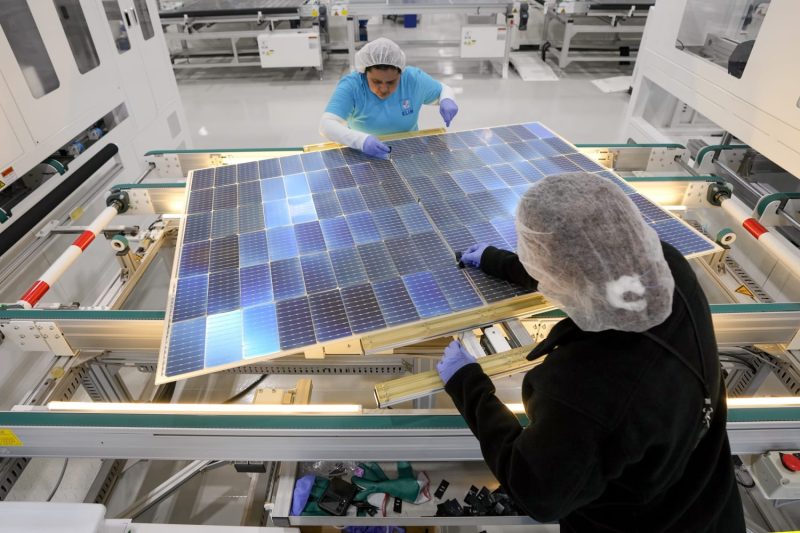The Inflation Reduction Act: Catalyzing Manufacturing and Clean Energy Growth
The passage of the Inflation Reduction Act has significantly impacted the landscape of the manufacturing industry and clean energy sector in the United States. The Act’s focus on curbing inflation and revitalizing the economy has unleashed a wave of innovation and investment in these crucial areas. This surge in growth can be attributed to a variety of factors, such as increased government incentives, heightened consumer demand for sustainable products, and a shift towards renewable energy sources.
One of the key drivers behind the manufacturing boom following the Act’s implementation is the push for technological advancements and automation. Companies have been investing heavily in modernizing their production lines and processes to improve efficiency and reduce costs. This has not only led to a surge in productivity but has also created new job opportunities in the high-tech manufacturing sector.
Moreover, the Act’s emphasis on reducing inflation has provided businesses with more stability and predictability in their operations. This has boosted investor confidence, leading to increased capital flow into the manufacturing industry. As a result, more businesses have been able to expand their operations and introduce new products to meet the growing demand in the market.
The Clean Energy sector has also experienced remarkable growth in the wake of the Inflation Reduction Act. The Act’s provisions supporting renewable energy sources and incentivizing the adoption of clean technologies have spurred a wave of investment in this sector. As a result, we have witnessed a significant increase in the development and deployment of solar, wind, and other renewable energy projects across the country.
Furthermore, consumer awareness and demand for sustainable products have played a crucial role in driving the clean energy boom. More and more consumers are opting for eco-friendly alternatives, prompting businesses to adapt and offer greener solutions. This shift in consumer behavior has pushed companies to innovate and develop products and services that are not only environmentally friendly but also economically viable.
Another significant impact of the Act on the clean energy sector is the creation of new jobs in the renewable energy industry. As companies ramp up their investments in clean technologies, there has been a surge in demand for skilled workers in areas such as solar panel installation, wind turbine maintenance, and energy efficiency consulting. This has not only driven down unemployment rates but has also provided individuals with new career opportunities in a rapidly growing sector.
In conclusion, the Inflation Reduction Act has been instrumental in catalyzing a manufacturing and clean energy boom in the United States. By incentivizing innovation, investment, and consumer demand for sustainable products, the Act has paved the way for a more sustainable and prosperous future. As businesses continue to adapt to these new market dynamics, we can expect further growth and development in both the manufacturing and clean energy sectors, shaping a more sustainable and resilient economy for years to come.



























